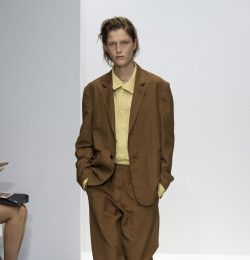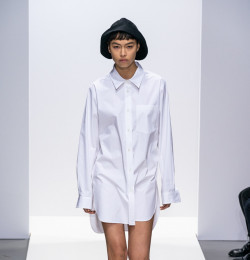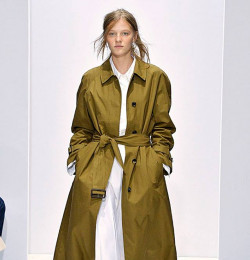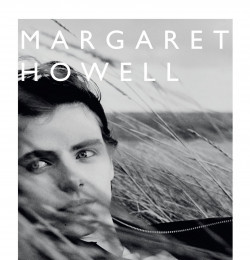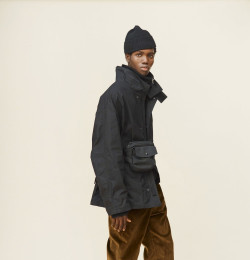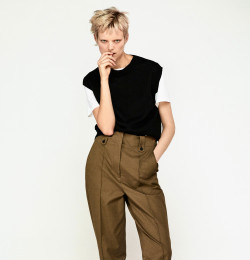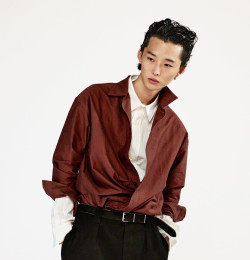

Margaret Howell
London, w1u 2rs
England
About
founded by
Margaret Howell
belongs to
Margaret Howell
about
In 1971, she started creating a range of accessories and in 1972, a line of clothing. These were popular, so in 1974, she established her own company and at the same time began collaborating with JOSEPH. She also opened a retail outlet. She also started making menswear in the 70's.
In 1980 Margaret expands into women’s clothing and a Japanese license agreement was signed with Washo and in 1983 first stand alone shop opens in Aoyama, Tokyo.
Today she has shops and concessions all over Europe and the USA, as well as Japan. In 1995, she showed her first collection in London Fashion Week.
By the beginning of 2000, Howell's empire had
grown to employ 300 people worldwide, with global sales of £30 million. She has capitalized on the popularity of British design in Japan, designing under license for the Japanese company Anglobal and has 70 shops and concessions there, in contrast to only 10 in her home country.
In Autumn 2003, Margaret Howell joined forced with Japanese denim label Edwin to produce her first ever denim collection. She spent a year researching yarns and dyeing processes, and has launched classic painter's trousers, five-pocket Western jeans and jean jackets lined in black cotton.
Her studio and shop in Wigmore Street, London provides space for the men's, women's and home collections and also houses regular exhibitions of mid-to-late 20th century design. She has developed a design partnership with shoe designer Rupert Sanderson to produce a small shoe collection and has recently launched a small accessories collection.
The Look
Her clothes for both men and women, designed from the early 1970s onwards, are based on a typically English look, using vernacular materials such as Melton cloth, tweed, and wool. The clothing makes references to what are considered to be traditional approaches to dressing—the British traditions of cashmere and tweeds but twisted into a more relaxed image which is particularly appealing to Americans.
"Timelessness" and "classic," however, are a staple part of fashion terminology used to describe and market looks connoting notions of wealth and taste through good tailoring and the use of traditional materials. The classic look signifies affluence through the wearing of clothes that fit within the parameters of understated elegance and sophisticated taste; an emphasis on the texture of the materials used and the expertise of tailoring rather than more obviously conceptual ideas like grunge or punk.
The contemporary Howell look is praised for its pared-down line and simple silhouettes, the controlled restraint of shape and color, the workmanship and quality of cloth and cut. By the mid-1990s, she was concentrating on women's clothing, particularly trouser suits, which have always been an integral part of her collections.
Official Social Media
Latest Margaret Howell Advertisements
Look Books from Margaret Howell
Margaret Howell Fashion Shows
